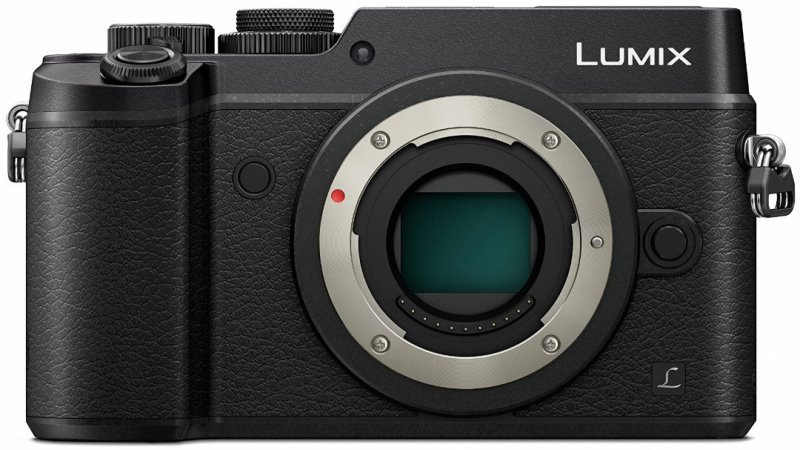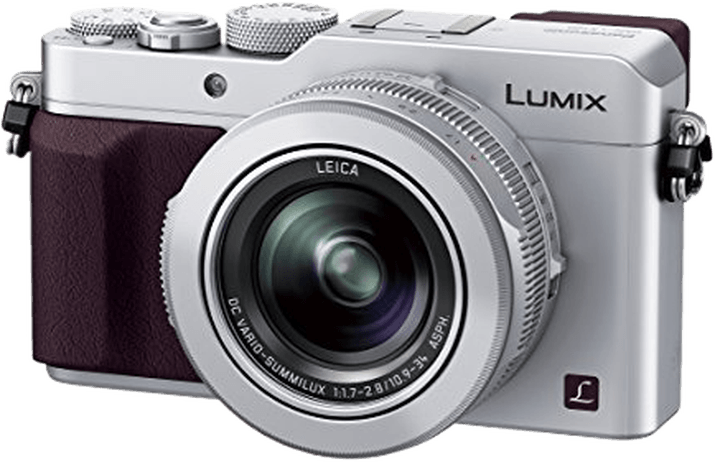Panasonic Lumix DMC-GX8 vs Lumix DMC-LX100 Comparison
Panasonic Lumix DMC-GX8

Panasonic Lumix DMC-LX100

The Panasonic Lumix DMC-GX8 outperforms the Panasonic Lumix DMC-LX100 with a score of 63/100 compared to 49/100. Both cameras share common specifications like being released in the mid-2010s and having a similar launch price range. The GX8, a mirrorless camera, excels with its larger size (133 x 78 x 63mm) and weight (487g), offering more stability and better handling.
On the other hand, the LX100, a compact camera, has a smaller size (115 x 66 x 55mm) and lighter weight (393g), making it more portable and convenient for casual photographers. The GX8’s higher score reflects its overall better performance, while the LX100’s compact design caters to a specific niche of users who prioritize portability.
Panasonic Lumix DMC-GX8 vs Lumix DMC-LX100 Video Performance
The Panasonic Lumix DMC-GX8 and the Panasonic Lumix DMC-LX100 both have a video score of 70/100, indicating that they are equally matched in terms of their video capabilities. Both cameras share some common specifications, such as 4K maximum video resolution, 3840 x 2160 maximum video dimensions, and built-in time-lapse functionality.
Despite the equal scores, the Panasonic Lumix DMC-GX8 has a slightly lower maximum video frame rate of 25fps, compared to the Panasonic Lumix DMC-LX100’s 30fps. This means that the LX100 has a slight advantage when it comes to capturing smoother video footage.
On the other hand, the GX8 still provides high-quality video recording with its 4K resolution and time-lapse functionality, making it a capable camera for video recording. While the GX8’s frame rate is lower, it may not be a significant difference for some users, depending on their specific needs and preferences.
In comparing the video capabilities of the Panasonic Lumix DMC-GX8 and the Panasonic Lumix DMC-LX100, it is clear that both cameras are well-suited for video recording with their 4K resolution and time-lapse features. The LX100 has a slight advantage with its higher frame rate, but the GX8 remains a strong contender in terms of video performance. Ultimately, the choice between these two cameras will depend on the individual user’s requirements and preferences for their specific video recording needs.
Panasonic Lumix DMC-GX8 vs Lumix DMC-LX100 Features and Benefits
The Panasonic Lumix DMC-GX8 wins the features comparison with a score of 70/100, while the Panasonic Lumix DMC-LX100 scores 41/100.
Both cameras share a screen size of 3 inches, lack of GPS, and have WIFI capabilities. However, the DMC-GX8 has a higher screen resolution of 1,040,000 dots compared to the DMC-LX100’s 921,000 dots. This means the DMC-GX8 provides a clearer and more detailed image on its screen. The DMC-GX8 also has a touchscreen, allowing for easier control and navigation of the camera’s settings. Both cameras have a flip screen, but the DMC-GX8’s touchscreen adds to its usability.
The DMC-GX8’s higher feature score is due to its better screen resolution and touchscreen capabilities. These features make it more user-friendly and provide a better overall experience for photographers.
The DMC-LX100, while scoring lower in features, still offers a flip screen and WIFI capabilities, making it a decent choice for photographers who prioritize these aspects. However, the lack of a touchscreen and lower screen resolution are significant drawbacks compared to the DMC-GX8.
Taking into account each camera’s features, the Panasonic Lumix DMC-GX8 is the superior choice due to its higher screen resolution and touchscreen capabilities. The DMC-LX100 falls short in these areas but remains a viable option for those who prioritize flip screens and WIFI connectivity.
Panasonic Lumix DMC-GX8 vs Lumix DMC-LX100 Storage and Battery
The Panasonic Lumix DMC-GX8 wins the storage and battery comparison with a score of 21/100, while the Panasonic Lumix DMC-LX100 scores 16/100. Both cameras have one memory card slot and accept SD, SDHC, and SDXC cards. Neither camera offers USB charging.
The GX8 outperforms the LX100 with a longer battery life of 330 shots, compared to the LX100’s 300 shots. Additionally, the GX8 uses the DMW-BLC12 battery type, while the LX100 uses the DMW-BLG10E battery type.
On the other hand, the LX100 supports UHS-I compatible memory cards, providing faster read and write speeds. This advantage, however, is not enough to overcome the GX8’s superior battery life.
In the end, the GX8’s longer battery life makes it the better choice for storage and battery performance. The LX100’s faster memory card compatibility is a minor advantage, but not enough to surpass the GX8 in this aspect.
Panasonic Lumix DMC-GX8 vs Lumix DMC-LX100 – Our Verdict
Are you still undecided about which camera is right for you? Have a look at these popular comparisons that feature the Panasonic Lumix DMC-GX8 or the Panasonic Lumix DMC-LX100:

